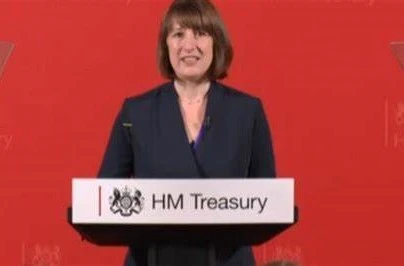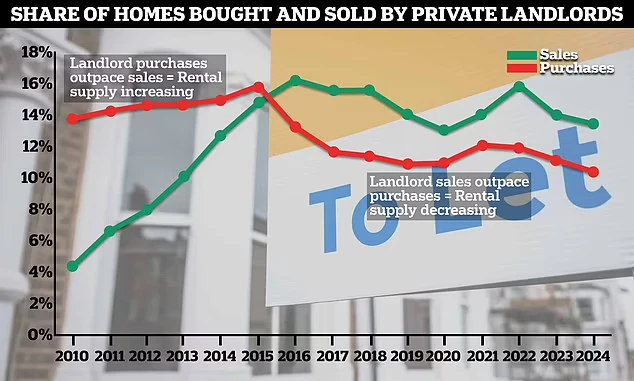
Finding a place to rent in London is not easy. We’ve been helping people navigate this market for years now, so we’ve seen the good, the bad and the downright ugly. So, if you’re looking for houses for rent in London, England, this is a bit of what we’ve learned about the process
First off, it’s worth remembering that a good deal is always relative, especially when you factor in the London price surge. What might seem pricey up in the north of England could be a steal inside the M25. It’s all about location, size and what you’re willing to compromise on. But don’t despair: there are ways to find a home without breaking the bank.
Timing is (Almost) Everything
Just like when you’re scoring tickets to a West End show, timing is crucial. The London rental market has its own rhythm. Generally, things get a bit quieter after the summer rush. If you can hold out until autumn or winter, you might find landlords are a tad more open to negotiation. I’ve seen people get a bit knocked off a rental’s asking price simply because demand had dipped once August was over.
Location, Location, Location (But Be Flexible)
We all have our dream postcodes, but in London it helps to be flexible. Zones 1 and 2 are usually the most expensive places to live, so consider venturing out a bit and it could help you save. Areas like Leyton, Walthamstow and Croydon have become increasingly popular in recent years, with improving transport links and more affordable rents than in the city centre. I’ve seen some fantastic apartments for rent in these areas, and they offer a great balance of city life without the hefty price tag.
Agent Advice: Use Them, But Be Savvy
Letting agents are a necessary part of the renting process, but remember they work for the landlord, not you. Be clear about your budget and what you’re looking for. Don’t be afraid to ask questions and negotiate. And if you get a bad vibe from an agent, trust your gut. There are plenty of good ones out there. But plenty of bad ones too.
Be Prepared to Pounce
When you find a place you like, be ready to move quickly. Have all your documents – proof of income, references, deposit – ready to go so you’re not wasting time when you find a place you like. Landlords and agents want tenants who are organised and reliable. I’ve seen lots of people lose out on great places because they weren’t prepared.
My Personal Tips:
- Don’t be afraid to negotiate. It doesn’t always work, but it’s worth a try, especially if a property has been on the market for a while.
- Check the transport links yourself. Don’t just rely on what the agent tells you. Have a look at the bus routes, the nearest tube station and how long it actually takes to get where you need to go.
- Read the small print. Make sure you understand your tenancy agreement. What are your responsibilities? What are the landlord’s?
- Factor in extra costs. It’s not just the rent you need to think about. There’s council tax, utility bills and sometimes agency fees.
Finding a place to rent in London can be a challenge, but it’s not impossible. Do your research, be prepared and don’t give up hope. And remember, a good agent can make all the difference. If you need help, we at Homesearch Properties are here to help make your rental home search as stress-free as possible. Let us know if you want to chat.


 Common Challenges When You Buy Property in London
Common Challenges When You Buy Property in London










